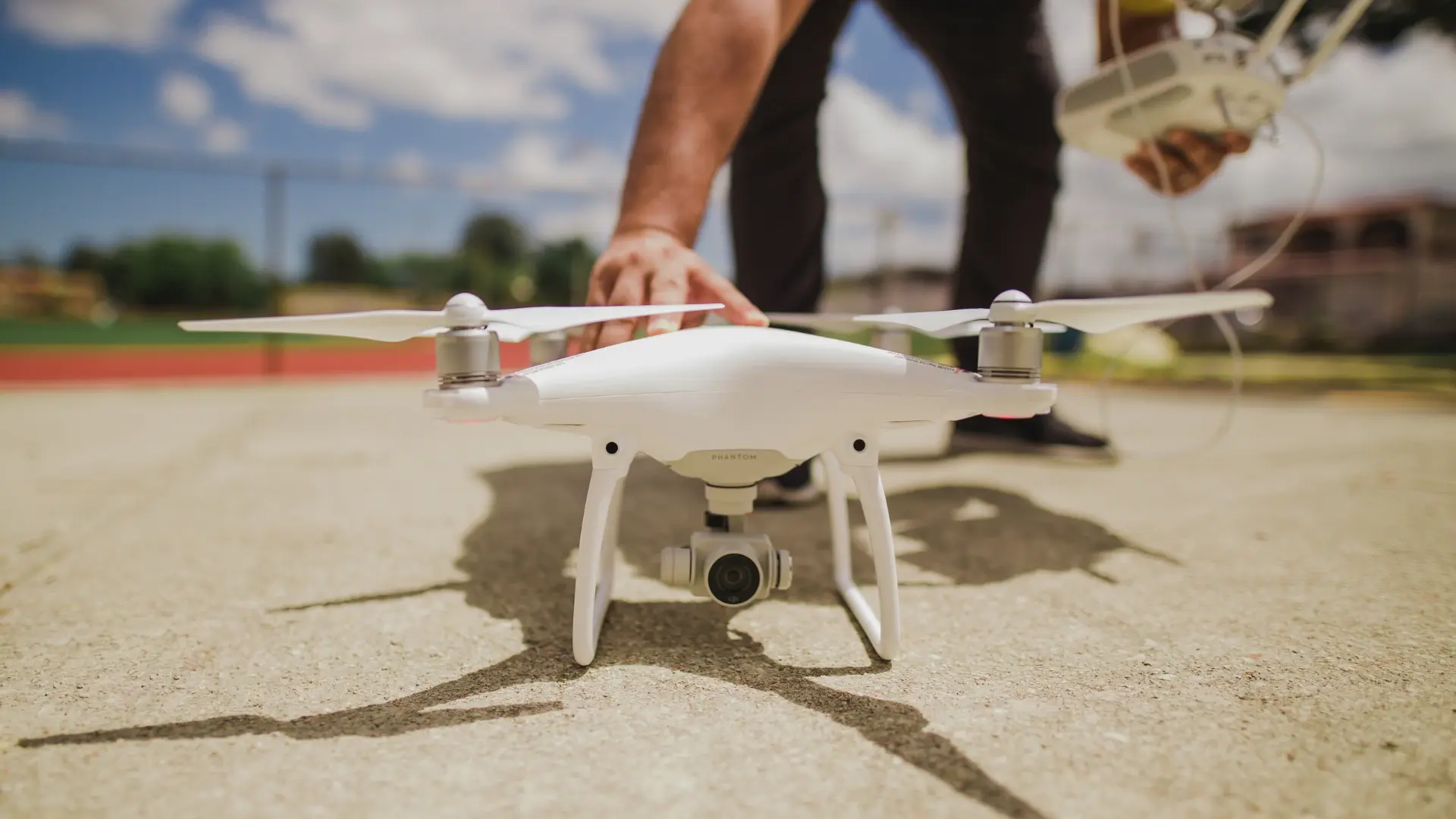Recent moves by the Federal Communications Commission (FCC) could signal the end of DJI drone sales in the United States, a development with massive implications for the drone security landscape. While a ban on new sales might sound like a victory for national security, the reality is far more complex. The real threat isn't just about what's on the shelves tomorrow; it's about the millions of drones already in our skies today.
This analysis is informed by recent reporting from Ishveena Singh, which details the regulatory pressures facing the world's largest drone manufacturer.
What's Changing at the FCC?
The FCC is preparing to vote on new rules that would grant it the authority to revoke equipment certifications for technologies deemed a national security risk. As outlined by FCC Chairman Brendan Carr, this measure is designed to close loopholes and prevent "foreign adversary-controlled devices" from entering or remaining in the US market.
This has direct implications for DJI. The Pentagon has already placed DJI on its "Chinese Military Companies" list, and a clause in the 2025 National Defense Authorization Act (NDAA) sets a crucial deadline. By December 23, 2025, a US national-security agency must complete a formal review of the company. If this review raises red flags or doesn't happen, DJI could be automatically added to the FCC’s restricted "Covered List."
If DJI lands on this list, the consequences would be swift. No new DJI drones or parts could be legally imported or sold in the US. The ecosystem of sales, repairs, and even some software updates would effectively collapse.
Why a Sales Ban Doesn't End the Drone Threat
The most critical takeaway from the proposed FCC action is this: it will not ground the existing fleet. Millions of DJI drones—from the popular Mini series to professional-grade models—are already in the hands of users across the country. These devices will continue to fly long after they disappear from store shelves.
A sales ban inadvertently creates a new, more dangerous security challenge: a massive, un-patchable legacy fleet.
Without official support or firmware updates, these drones become frozen in time. Any existing security vulnerabilities will remain unpatched forever, making them potentially easier to repurpose for malicious activities. The ban doesn't eliminate the threat; it transforms it. Instead of dealing with new, supported technology, security professionals will now face a vast number of legacy drones operating in a regulatory gray area.
From Signal to Solution: The Airsight Detection Imperative
This evolving landscape makes one thing clear: focusing only on sales and importation is a dangerously incomplete strategy. The core of any effective airspace security plan isn't about stopping a drone at the border—it's about detecting, identifying, and tracking it as it approaches your facility.
This is where Airsight provides the definitive, multi-tiered solution.
1. Instant Identification, Not Just Detection
Malicious actors will use whatever tools are available, and for the foreseeable future, that means leveraging millions of existing DJI drones. A generic alert is not enough. AirSight's Smart Drone Model Recognition automatically identifies the specific drone model from its RemoteID data. Instead of an "Unknown Drone" alert, your team will see "DJI Mavic 3 Pro" or "DJI Mini 4K" in real-time. This allows for an immediate threat assessment, because knowing a drone's capabilities—its payload, speed, and range—is critical for making better decisions.
2. Visual Confirmation, Not Just a Blip
Seeing is believing. Airsight bridges the gap between a digital signal and physical reality. With our Universal PTZ Camera Add-On, any of our sensors can automatically cue an Axis PTZ camera to lock onto and visually track a detected drone. This powerful feature transforms a simple drone signal into irrefutable, image-backed evidence, providing your team with the real-time visual confirmation needed to act decisively.
3. Actionable Intelligence, Not Just Data
Security teams aren't just notified of a drone's presence; they gain a complete flight profile. For every detection, Airsight compiles detailed Drone Insights, tracking critical metrics like altitude violations, average and max speed, and BVLOS (Beyond Visual Line of Sight) breaches. This rich data—along with which sensor made the detection and easy-to-read local timestamps—is captured in Enhanced Data Exports perfect for incident analysis and building a clear chain of evidence for investigations.
While the regulatory environment shifts, the physical threat remains. Airsight is focused on the reality of that threat, ensuring you have the power to see, identify, and secure your airspace against any drone, regardless of its origin or legal status.



